Breaking
- MENU
 B orn
B orn Worldly wise and widely read, he donned various avatars as a kibbutznik, bureaucrat, trade union leader, senior official, dogged politician, skilled diplomat, senior minister, prime minister, president, elder statesperson and above a peace activist. He dominated the Israeli landscape for close to seven decades.
Immigrated to the then Mandate Palestine at the age of 11, he was part of social Zionism led by David Ben-Gurion and soon emerged as his trusted confident and lieutenant. He joined the ministry of defence at 28 and was instrumental in some of the important strategic programmes of Israel including the Dimona nuclear reactor, Israel aircraft industry and played a critical role in the Sèvres Conference that paved the way for strategic cooperation with France on the eve of the Suez war of 1956.
A long innings at the Knesset
In 1959, Peres entered the Knesset for the first time and remained its member until 2006 when he was elected president. During this period, he represented the Labour Party and its various avatars. Due to disagreements, he joined hands with his mentor Ben-Gurion and former general Moshe Dayan to form the Rafi for a short while before returning to the Labour Party. In later years, he joined hands with Ariel Sharon in forming the Kadima Party in 2005. And in June 2007 he was elected Israel’s ninth president and retired in July 2014.
During his long political career, he presided over various ministries, including foreign affairs and defence. As finance minister in the Unity Government during 1988-90, he is credited with reducing the annual inflation that ran at 400 percent to a manageable 16 percent. Twice he held the office of prime minister; first time as part of the unity government during 1984-86 and then for a brief period after Rabin’s assassination in November 1995. He narrowly lost to Likud leader Benjamin Netanyahu in the direct election for the prime minister held in May 1996.
The ‘loser’ politician
Within the cut-throat Israeli domestic politics, he was often depicted as a “loser”. During 1997 and 1996 he headed the Labour Party five times but never won an election outright. The party returned to power in 1992 and 1999 only after it replaced Rabin and Ehud Barak respectively as its leaders. He also lost a couple of leadership elections to the party, as well as for president in 2000.
However, unlike other Labour or leftwing leaders, Peres retained his never-say-die spirit, remained politically active and relevant until his very end. Electoral reversals never daunted the youth and his great sense of humour. Just before leaving the presidency, Peres performed in a video made by his granddaughter wherein he was trying to find post-retirement employment as plumber, kibbutz activist, postman, farm worker, security guard, cashier in supermarket, gas station worker and even pizza delivery boy. That was his spirit of live.
Reaching out to Palestine
In the 1990s, Peres was the senior-most Israeli figure to recognise the need for a political settlement with the Palestinians after the end of the Cold War and Kuwait crisis. Even when formal negotiations with the Palestine Liberation Organization (PLO) was a punishable crime, he courage political contacts with the PLO officials in Sweden and ushered in the Oslo process. He doggedly pushed for a negotiated settlement with Palestinian leader Yasser Arafat that culminated in the historic Clinton-Rabin-Arafat handshake in the White House Lawns on 13 September 1993. For his contribution, he shared the Nobel Peace Prize with Rabin and Arafat in 1994.
Soon Peres emerged as the principle trouble-shooter whenever the Oslo process faltered due to the upsurge of violence and periodically met Arafat as well as his successor Mahmoud Abbas. When the opposition Likud was in power, he raffled a few feathers by his pro-peace, pro-negotiation and pro-withdrawal statements. This trend did not end when he became president and despite the ceremonial nature of the office — he continued to speak for a peace settlement with the Palestinians based on the two-state solution. He firmly argued that Israel’s ability to remain its Jewish and democratic identities as per the dreams of its founding fathers rested on ending the occupation and withdrawing substantially from the occupied territories. Thus, he firmly backed the Gaza Disengagement plan implemented by Prime Minister Sharon in September 2005.
For peace in the region
In the late 1970s Prime Minister Menachem Begin faced internal rebellion within his party over the Camp David Accords with Egypt and Peres was quick to rally behind the beleaguered leader and supported the first peace agreement with an Arab country. The Likud did not reciprocate this favour and the Rabin-Peres government was pursuing the Oslo process in the 1990s. On the contrary, the rightwing opposition was partly responsible for the eventual collapse of the peace process with the Palestinians.
In the wake of the post-Oslo euphoria, Peres visualised a New Middle East and rather than sharing the limited resources, he wanted to expand the opportunities and resources, especially water, through technological innovation, regional partnership, and innovative cooperation. Toward this end in 1996 he founded the Peres Center for Peace towards socio-economic cooperation and development and people-to-people contacts in West Asia.
In the post-Oslo regional climate, he reached out to various international figures and countries and befriended them. At times, he was able to reduce the friction between Prime Minister Netanyahu and international leaders. Peres played a critical role in minimising the Likud leader’s tense relations with US President Barack Obama over the Iranian nuclear controversy.
The India connect
As prime minister, Peres briefly met Rajiv Gandhi on the sidelines of the UN sessions in September 1985 and this was one the first contacts between the leaders of both the countries. This exchange eventually culminated in the normalisation of relations in January 1992. Shortly later Peres visited India as foreign minister and came back for more visits. His last visit was in November 2014 shortly he relinquished the presidency. Not visiting India as president was one his unfulfilled dreams.
From someone who built Israel’s strategic deterrence, Peres transformed into a committed peace activist through the Oslo process. He was not only the last Israeli leader of the pre-state era but also a towering and committed peace activist in the region. With both leadership and foresight becoming a rare phenomenon in the region facing a host of threats from extremism and violence, Peres’ death is an irreparable damage.
Note: This obituary was published in the Hindustan Times on 28 September 2016. Web Link: http://www.hindustantimes.com/analysis/shimon-peres-from-building-israel-s-defence-to-peace-with-palestine/story-KtfrX0DiNYu63FTMOy8L8O.html
Professor P R Kumaraswamy is Honorary Director of MEI@ND.
As part of its editorial policy, the MEI@ND standardizes spelling and date formats to make the text uniformly accessible and stylistically consistent. The views expressed here are those of the author and do not necessarily reflect the views/positions of the MEI@ND. Editor, MEI@ND: P R Kumaraswamy
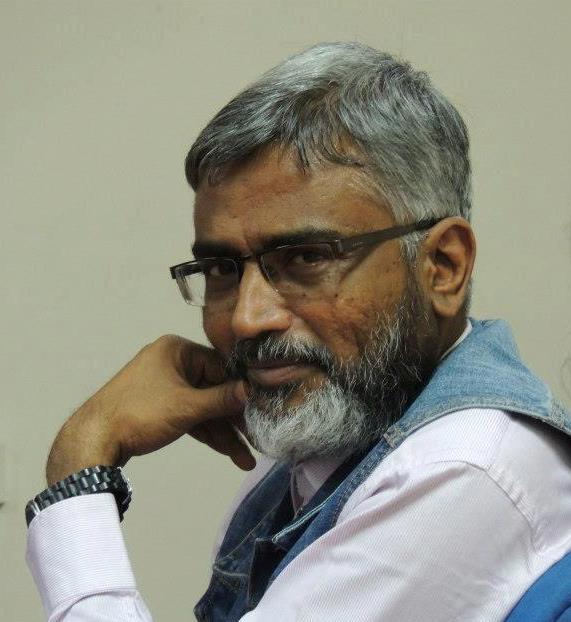
Professor P R Kumaraswamy is Honorary Director of MEI@ND.

When peace is viewed as ‘surrender’, there is little one can accomplish. Without an effective carr.....

The magnitude of the missile attack on Israel carried out by Iran in the early hours of Sunday was unprecedent.....

While the details are still emerging, the Hamas attacks from the Gaza Strip on Saturday were well planned and .....

The Libyan controversy reminds us of the more significant problem facing Israel. While the scale and intensity.....

64-0! It should be an impressive vote in any country, especially in Israel, where a simple parliamentary major.....

King Bibi is back! After one year in the Opposition, Benjamin Netanyahu, a close friend of Prime Minister Nare.....

Political instability is an integral and inseparable part of Israel’s landscape. For the fifth time with.....

Even by the Israeli standard of coalition fragility, the Bennett-Lapid government, which completed one year in.....

Soon to enter its fourth month, the Russian invasion of Ukraine has made irreversible damages to global norms .....

The visit of Israeli Prime Minister Naftali Bennett to India scheduled for last week had to be cancelled at th.....
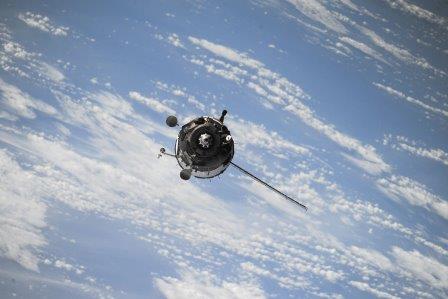
The drone attack on Abu Dhabi on Monday (January 17) by the Houthi rebels marks a major escalation of tensions.....

Of late, Israel-Iran shadow-boxing has been getting ominous. If Israel’s diplomatic offensive is increas.....

In early November, Moscow hosted Mohammed Dahlan, a former right-hand man of Palestinian leader Yasser Arafat .....

Nearly three decades after Prime Minister P V Narasimha Rao broke from the past and normalised relations with .....

Earlier it was Pakistan and now China. So whatever India does and does not do externally has to be linked to C.....

In several ways, the Taliban takeover of Afghanistan can be a game-changer in India’s worldview and poli.....

The Taliban takeover and its fallout exposed the limited diplomatic space for India in its immediate neighbour.....

Given the travel restrictions, local lockdown and sluggish economic revival, that over three lakh people could.....

Since 2005, some critical decisions over Iran have been taken by the MEA’s US Division. So questions ari.....

“Bibi dethroned”. This is the expression used in the Israeli media to describe the formation of a .....

Despite having a woman prime minister in Golda Meir, female political representation in Israel has not been im.....

The most interesting aspect of the new Bennett-Lapid government in Israel is the emergence of Mansour Abbas, l.....

When it comes to mediating international crises, India’s track record is a mixed bag. In recent decades,.....

Going by the Israeli media, it is clear that the arm-twisting by the Biden Administration forced the reluctant.....

Indeed, Hamas is better placed today than it was in January 2006 and the current round of violence is part of .....

While the international community wants de-escalation and an early end to the conflict, the chances of success.....

Ending the past silence, US President Joe Biden marked the Armenian Genocide Remembrance Day of April 24 by ca.....
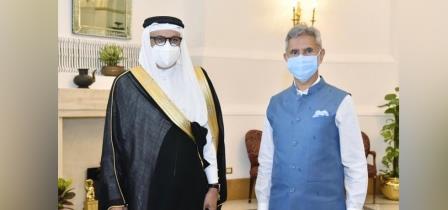
The visit of Foreign Minister of Bahrain Abdullatif bin Rashid Al Zayani to India during 6-8 April reiterates .....

By posthumously bestowing the Gandhi Peace Prize for 2019 upon Sultan Qaboos of Oman, New Delhi seeks to mend .....

Much to the displeasure and discomfort of Saudi Crown Prince Mohammed bin Salman (more widely known as MbS), t.....

The nomination of Robert Malley, a veteran hand in Washington policy circles, as the Special Envoy for Iran, s.....

The two-day visit of External Affairs Minister S Jaishankar to the United Arab Emirates last week is part of I.....
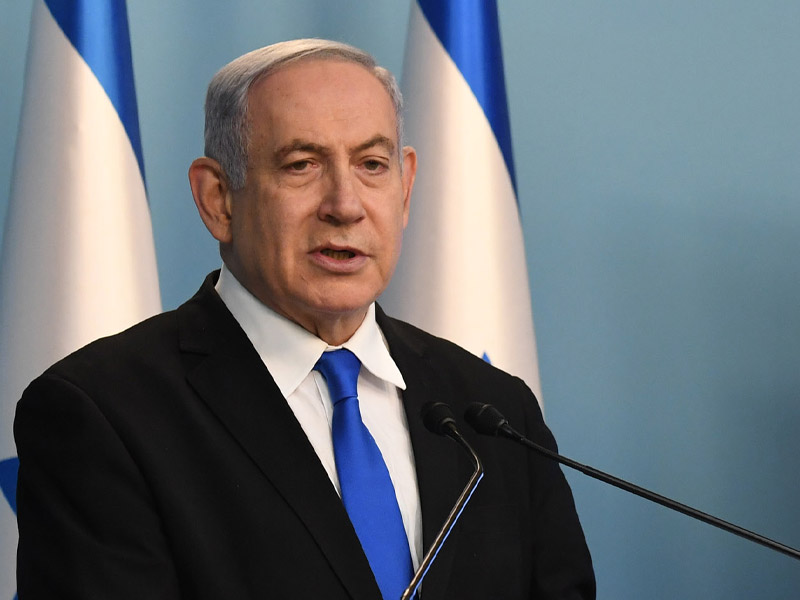
United Arab Emirates’ (UAE) decision to normalise relations with Israel is the most dramatic event since.....

Declaring victory moments after the polling ends has become the hallmark of Benjamin Netanyahu; and for the th.....
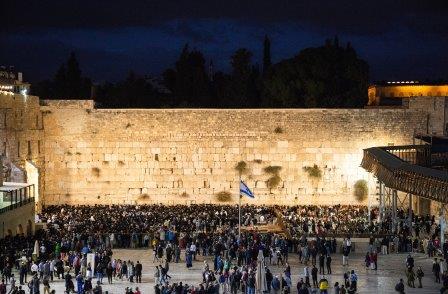
Israel went to polls for the 23rd Knesset on 2nd March. The third parliamentary elections within one year, did.....

With possible removal from office hanging over their heads, US President Donald Trump and Israeli Prime Minist.....

US Secretary of State Mike Pompeo’s sudden and unexpected announcement regarding Israeli settlements in .....
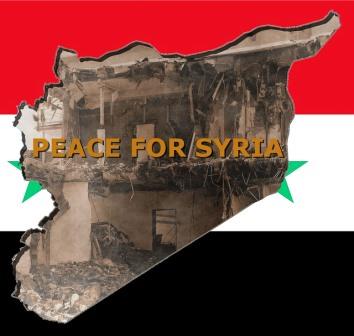
US President Donald Trump’s decision on imposing sanctions on Turkey has rocked the ever-turbulent Middl.....

Prime Minister Narendra Modi’s two-day visit to the Kingdom of Saudi Arabia this week highlights the cha.....

Prime Minister Narendra Modi's reported decision to postpone a planned visit to Turkey comes a couple of w.....

With the sole and notable exception of Pakistan, India's relations with the wider Islamic world have impro.....

For a long time, India’s relationship with its extended neighbourhood in the Persian Gulf was characteri.....

The Israeli legislative or Knesset election last week has turned out to be a rerun of the 9 April one, but wit.....

Will 2019 see a third Knesset election? This question is going rounds in Israel as it faces the second parliam.....
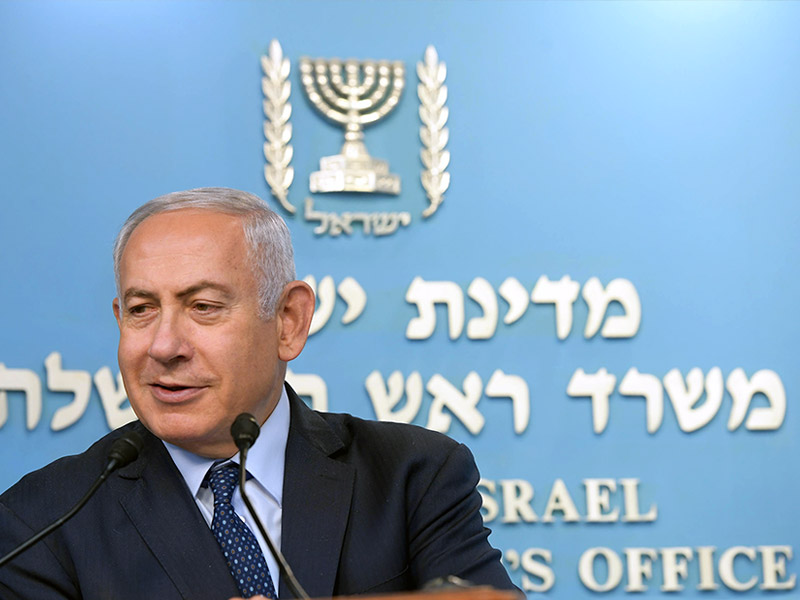
When he called Indian Prime Minister Narendra Modi to congratulate on his re-election with a landslide victory.....
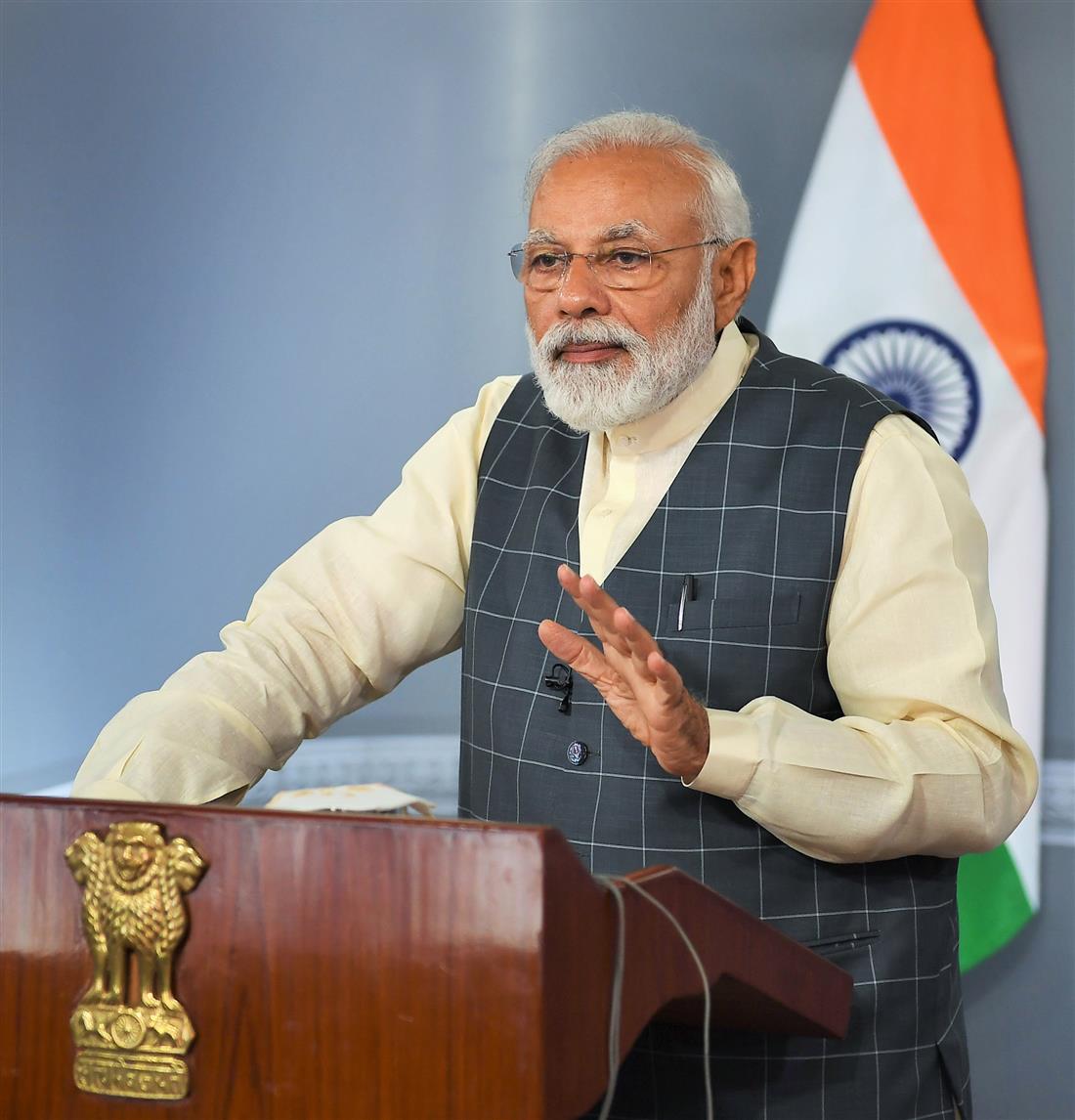
The resounding re-election of Prime Minister Narendra Modi is a blessing for India's relations with .....
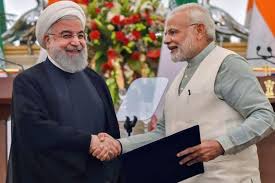
Iran is back in the news and for all the wrong reasons. It has been the unnecessary third wheel in I.....

During the close to a century of its existence, the Hashemite Kingdom of Jordan has been, as former President .....

In their eagerness to focus on and flag the de-hyphenation of the traditional Israel-Palestinian binary, most .....

In the closely scrutinised India-Israel relationship, there is little in the public domain that remains unknow.....

You know what, it will go to the dustbin’ my articulate friend was blunt, brutal but hone.....

Balfour Declaration, A Century Later If one were to make a list of the most influential texts in .....

Professor Bernard Lewis—a towering personality on the Middle Eastern academic landscape—passed awa.....


W hat What began as a protest by a marginalized vegetable vendor in Sidi Bouzid in Tunisia soon spread like wildfire.....

Much of what Israel and the Palestinians are experiencing today has befallen them under Netanyahu’s lead.....

Lurking in the background of a Saudi-Moroccan spat over World Cup hosting rights and the Gulf crisis is a more.....

Any protracted conflict can come to an end under certain circumstances that either evolve over a period of tim.....

Amid ever closer cooperation with Saudi Arabia, Israel’s military appears to be adopting the kind of sec.....

Mounting anger and discontent is simmering across the Arab world much like it did in the walk-up to .....

Argentina’s cancellation of a friendly against Israel because of Israeli attempts to exploit the match p.....

Dear M. Haniyeh and Sinwar; I am writing this letter to you in the wake of the latest confrontation between.....

The Civil War in Syria has ravaged the country, took the life of nearly 500,000 people and has forced more tha.....

India’s prospective engagement with the Arab world, especially the six-member Gulf Cooperation Council (.....

President Trump’s characterization of the US attack on specific Syrian chemical storage and research fac.....

Debilitating hostility between Saudi Arabia and Iran is about lots of things, not least who will have the uppe.....
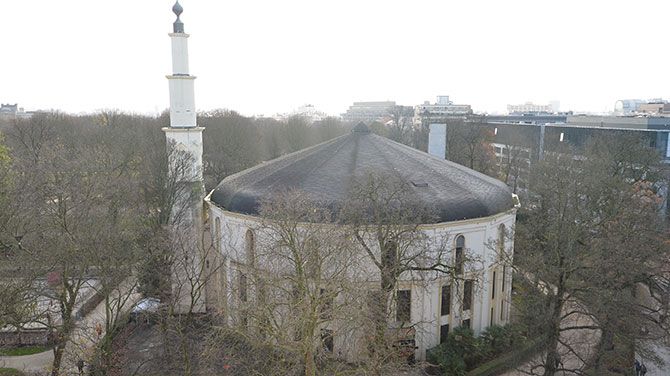
Saudi Arabia, in an indication that it is serious about shaving off the sharp edges of its Sunni Muslim ultra-.....

The United States has been and remains the staunchest supporter of Israel, and its unqualified support will ca.....

Prominent US constitutional lawyer and scholar Alan M. Dershowitz raised eyebrows when he described Qatar as &.....
.jpg)
The geopolitical developments in the Middle East over the past fifteen years have created new politi.....

I was in Israel when Trump made his announcement recognizing Jerusalem as Israel’s capital. In.....

Iran is back in the news and for all the wrong reasons. It has been the unnecessary third wheel in I.....

During the close to a century of its existence, the Hashemite Kingdom of Jordan has been, as former President .....
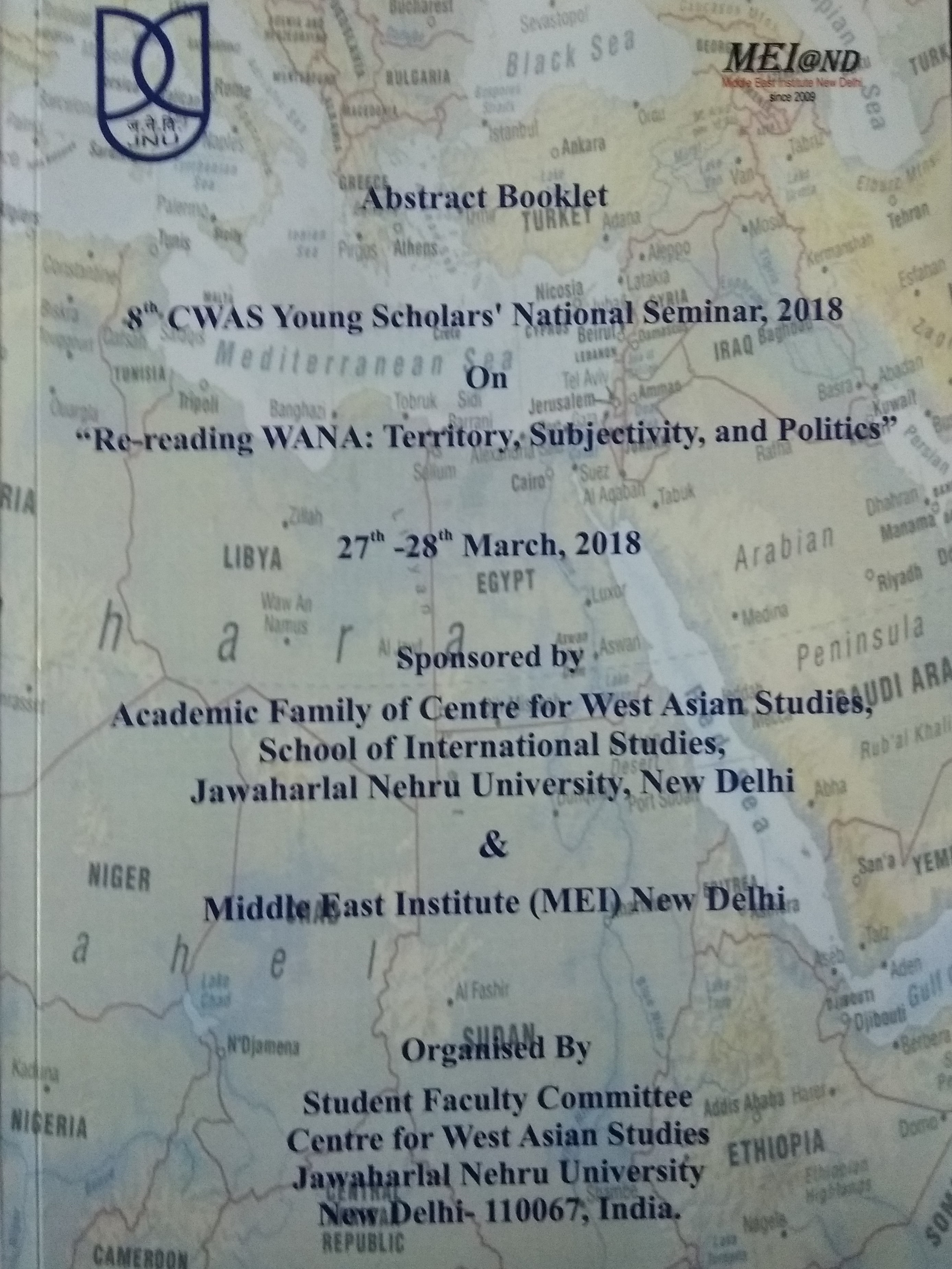
The Student and Faculty Committee (SFC) of the Centre for West Asian Studies, School of International Studies,.....

In the closely scrutinised India-Israel relationship, there is little in the public domain that remains unknow.....

You know what, it will go to the dustbin’ my articulate friend was blunt, brutal but hone.....

Balfour Declaration, A Century Later If one were to make a list of the most influential texts in .....



Election Schedule, July 2018 Country Election Forthcoming Ele.....

Kurdish Referendum, September 2017 Note: On 25 September 2017, the .....
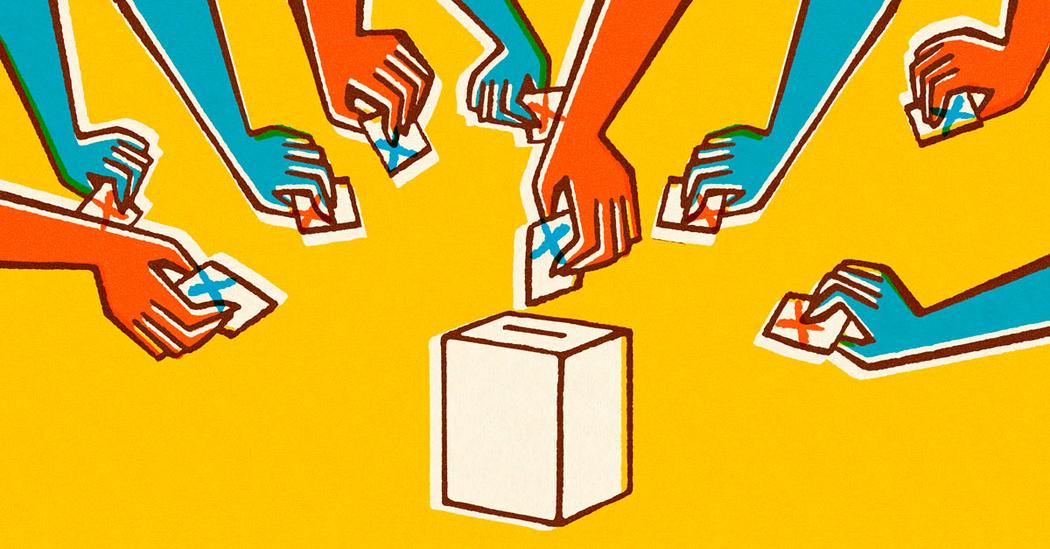
18th Turkish Parliamentary Elections, October 1991[*] Political Parties Perc.....
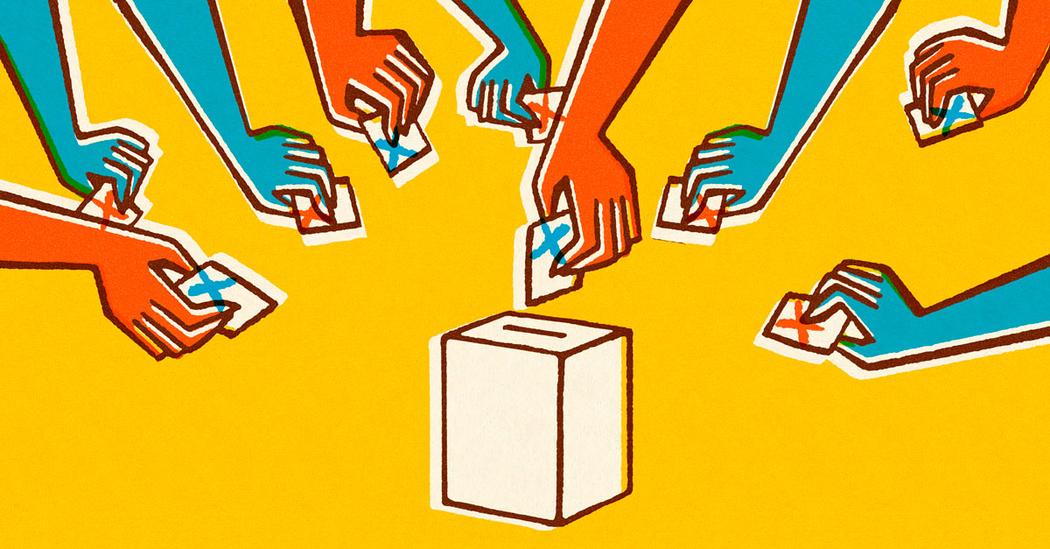
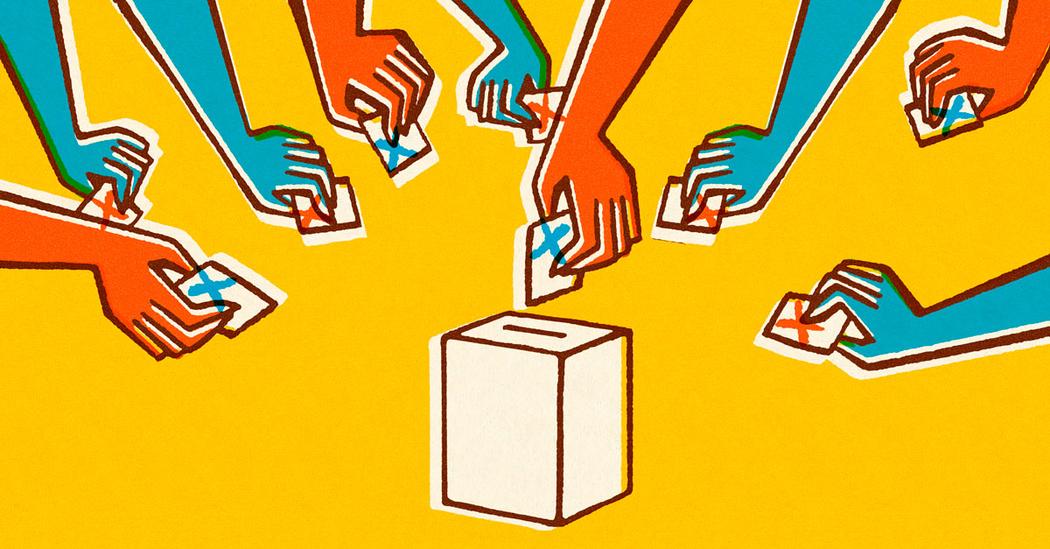

Gulshan Dietl, India and the Global Game of Gas Pipelines, (New York and London, Routledge, 2017), P.....

Book review of Squaring the circle: Mahatma Gandhi and the Jewish Homeland. By Professor P. R. Kumaraswam.....

SQUARING THE CIRCLE: MAHATMA GANDHI AND THE JEWISH NATIONAL HOME Author: P R Kumaraswamy Knowledge World.....

I. George W. Bush and Israel II. From the Inauguration to 9/11 III. From 9/11 to June 2002 .....
